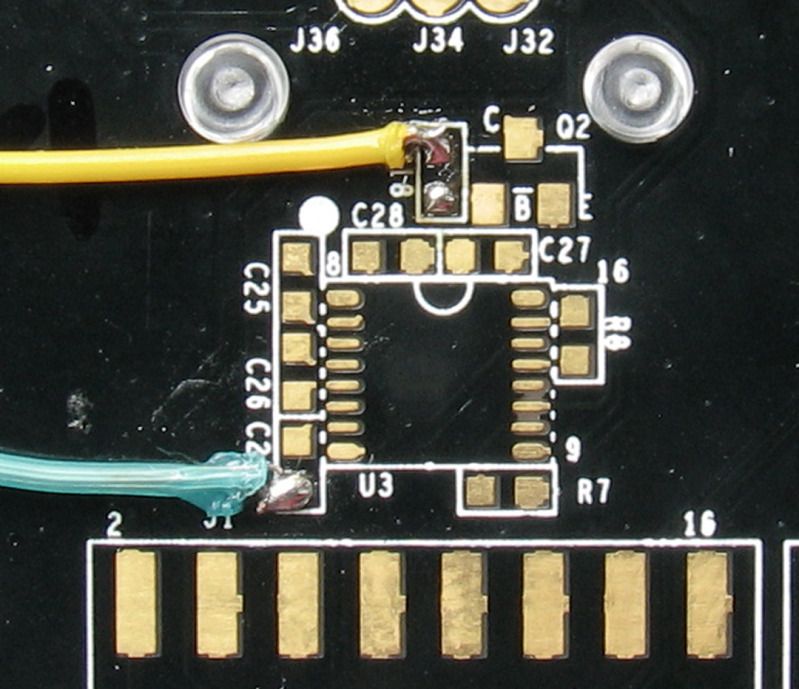Re: Stupid question number...WS34P.. answered plus more
Message #3 Posted by Geoff Quickfall on 15 June 2012, 2:52 p.m.,
in response to message #2 by Pete Wilson
Yes the correction factor is excellent but does take alot of code. The Synchronar watch from the EARLY 70's also had an accuracy factor instead of the trimming cap.
At the moment, to save code and space, I think the cap is the way to go. It can be done quite elegantly depending on the amount of time you want to put into the project.
As far as the quartz crytsal polarity goes, answered that by installing the crystal and it functions in the calculator correctly.
Additionally if anyone out there needs very thin wire, I have used left over telephone cable. It comes with four wires colour coded and you simply peel them out of the surrounding cables. Nice source of thin insulated wires.
Cheers, Geoff
| 